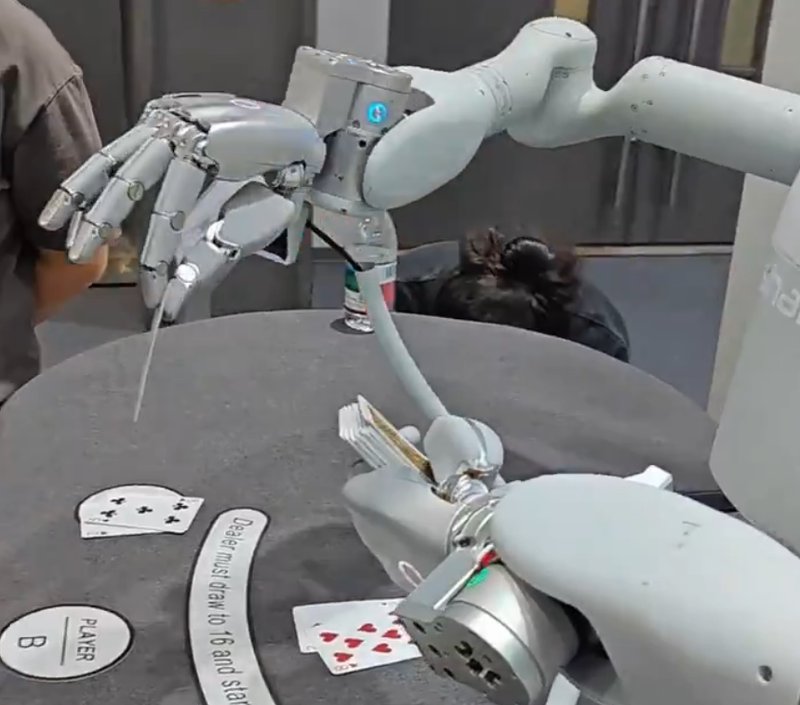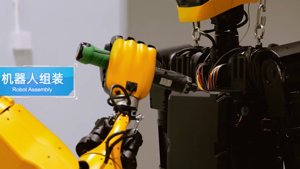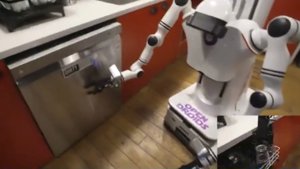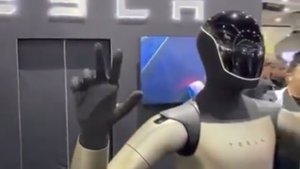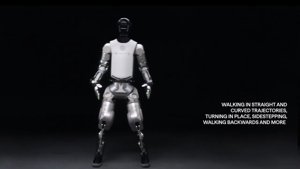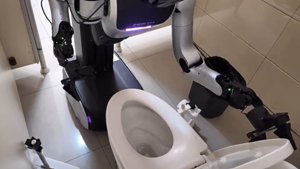In a classic, nail-biting “put up or shut up” showdown that had the entire robotics community on tenterhooks, Sharpa Robotics has finally slammed the door on its critics, showcasing its much-debated robotic hand at IROS 2025 in Hangzhou, China. For months, after the company’s initial, almost-too-slick promotional video dropped, many were left scratching their heads, wondering if they’d just witnessed a genuine technological leap or merely a masterclass in clever CGI. Well, folks, new footage straight from the conference floor proves the hand isn’t just real; it’s staggeringly dexterous, seen effortlessly manipulating a deck of playing cards with the finesse of a seasoned casino dealer.
Officially christened the SharpaWave, this isn’t just another pretty piece of kit; it’s a sophisticated marvel of engineering. Boasting a human-like form factor, it packs an astonishing 22 degrees of freedom, and its fingertips are positively bristling with over 1,000 tactile sensing pixels. The goal? To achieve nothing less than human-level tactile sensitivity, which, let’s be honest, is a rather lofty ambition. While that original viral video was undeniably a masterclass in getting eyeballs, this public, hands-on (yes, we went there, and no, we’re not sorry) demonstration at a premier robotics conference proves it was far more than just marketing vapour. For the Singapore-based startup, moving from a polished render to a functional prototype delicately handling objects usually reserved for human digits is a monumental stride.
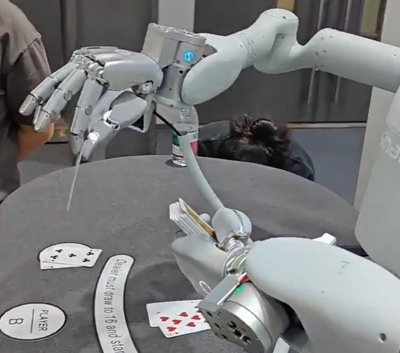
Why Is This Important?
This entire saga brilliantly illuminates a critical fault line in the robotics industry: the often-blurry boundary between ambitious marketing and tangible, sweat-and-gears engineering. In a field notoriously prone to stratospheric hype cycles, Sharpa’s remarkable ability to back up its viral claims with a fully operational prototype, unveiled at a peer-reviewed behemoth like IROS, is a refreshing splash of cold, hard reality. More profoundly, the SharpaWave’s advanced tactile sensing and unparalleled dexterity directly address a persistent, gnawing bottleneck in automation—the sheer inability of robots to perform intricate, delicate tasks that absolutely demand a nuanced sense of touch. If this hand proves as robust in the long run as it is undeniably deft right now, it could very well become a pivotal component, the missing link even, for the next generation of robots set to revolutionise manufacturing, logistics, and indeed, every corner of our increasingly automated world.
